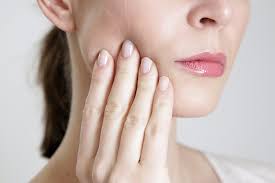
Temporomandibular joint (TMJ) disorders refer to a complex and poorly understood set of conditions, manifested by pain in the area of the jaw and associated muscles and limitations in the ability to make the normal movements of speech, facial expression, eating, chewing, and swallowing. For individuals who experience these symptoms it can prove to be very painful and frustrating. It can affect your daily life from eating to sleeping. One of the most effective non-surgical ways to treat TMJ is use an occlusal splint.
Splints allow muscles in spasm to relax, protect the teeth and jaws from the adverse effects of teeth grinding. These devices can also allow repositioning of the jaws into relation. The standard TMJ appliance is a splint, which is also called a bite guard or bite plate. As The TMJ Association (TMJA) explains, a splint is a hard dental appliance made of acrylic resin that fits over the upper or lower teeth. The device prevents contact between the teeth, and when the teeth touch the splint, they’re in the least harmful position. Splints are generally worn 24 hours a day, but dentists may also prescribe night guards that the patient wears while sleeping as a lot of teeth grinding happens during the night.
Splints & night guards are removable appliances, which means that wearing them shouldn’t interfere with normal daily care of your teeth. If you suffer with any of the symptoms above it’s important to get this checked by your dentist and if need be, have a splint made for you. It could make all the difference to your daily quality of life. Contact Coomera Dental Centre today to discuss our TMJ treatment options.
